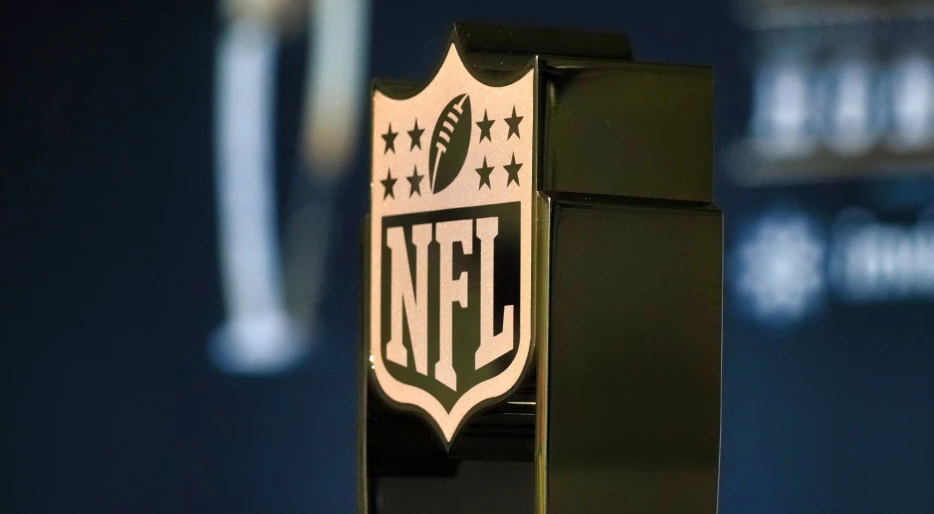
Ever watched an NFL game and found yourself wondering, Wait, why did the clock stop that time, but not the last time someone went out of bounds? You’re not alone. It’s one of those quirky rules that can be confusing if you don’t know the details.
But don’t worry, we’ve got you covered. There’s a clear method behind the madness, and once you understand the rules, it all makes sense. Let’s break it down.
The game clock stops when a ball carrier goes out of bounds in three specific situations in the NFL:
There is one critical exception to the rule. Even inside the last two minutes of the first half or the final five minutes of the game, the clock keeps running if a ball carrier goes out of bounds backward after being contacted by a defender.
A notable instance of this happened during the 2023 NFL Playoffs. Dallas Cowboys tight end Dalton Schultz stepped out of bounds after being hit by a San Francisco 49ers defender while moving backward. Because of this, the clock continued to run, costing the Cowboys valuable time in their attempt to tie the game.
FOX analyst Greg Olsen explained the rule to viewers: “When you go out of bounds, you have to be going forwards if you are contacted by the defender… You’ve gotta turn up and be physical into contact and get that official to stop the clock.”
Greg Olsen was all over the ruling to wind the clock on a Dalton Schultz catch.
"When you go out of bounds, you have to be going forwards if you are contacted by the defender… you've gotta turn up and be physical into contact and get that official to stop the clock." 🏈 pic.twitter.com/KmwR4Nh5Pq
— Awful Announcing (@awfulannouncing) January 23, 2023
Also Read: 6 Most Controversial NFL Referee Decisions Of All Time
At any other time in the game, when a runner steps out of bounds, the clock stops only long enough for NFL officials to spot the ball. Once they place the ball and signal, the clock starts running again.
Additionally, the clock stops for:
No, the NFL changed the rule after the 1990 season. Before then,...